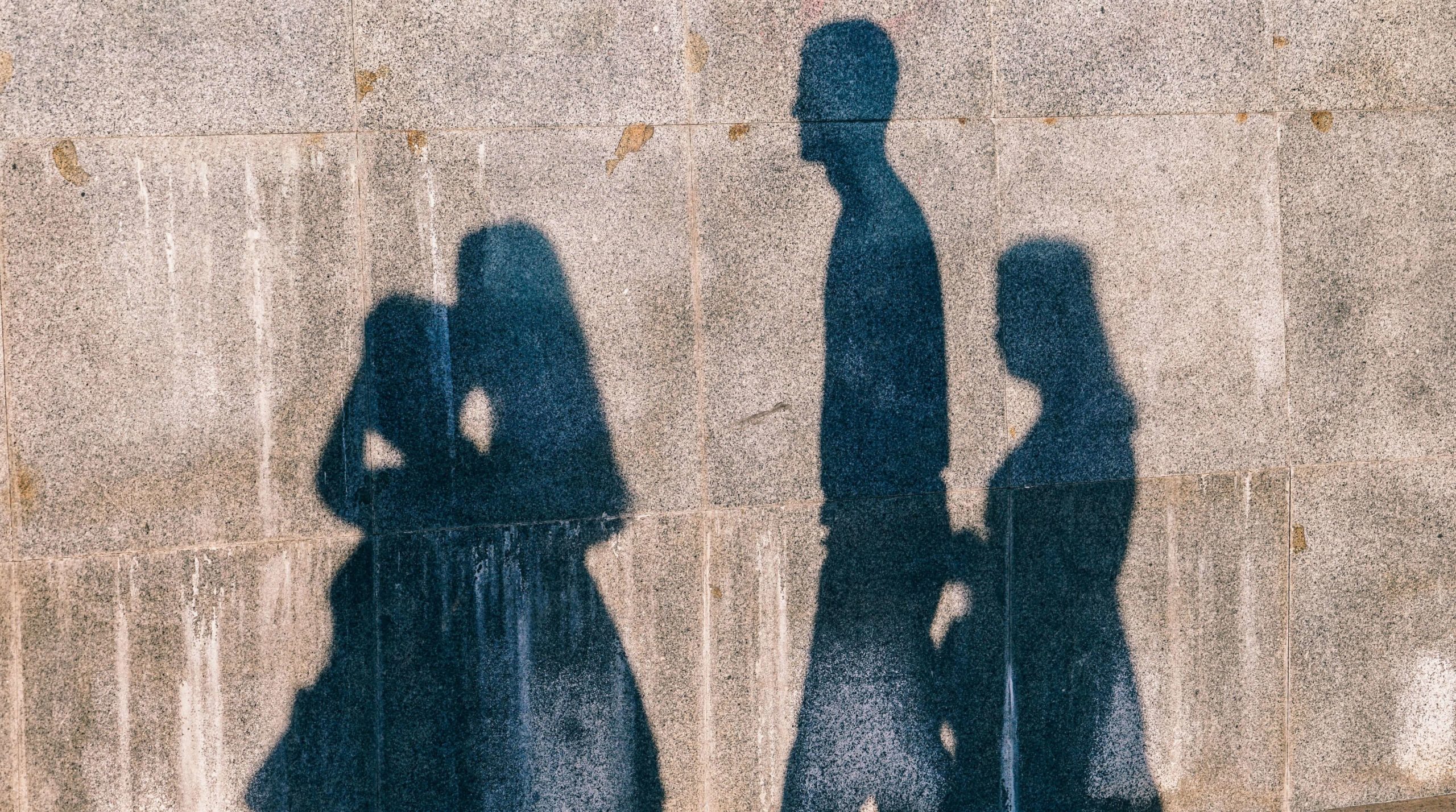For many Utahns, this Father’s Day was overshadowed by news of the federal government’s barbaric practice of taking children away from their parents at the border. The various responses from our congressional delegation have been profoundly inadequate, largely focused on broader immigration law reforms. One solution, proffered by Rep. Chris Stewart, is financing more family detention centers.
As someone who has actually been to a family detention center, allow me to set the record straight — family detention is not a humane solution to an inhumane situation.
Through BYU Law School and the CARA Family Detention Pro Bono Project, I spent two weeks as a volunteer assisting asylum seekers held at the largest family detention center in the U.S. Now, I regularly volunteer remotely.
What most people do not realize is that in the immigration detention system, parents and children are already separated. Only mothers and children are allowed in family detention centers. They are separated from their husbands, fathers, older brothers and other male relatives, who are sent to adult detention centers (where they can be held indefinitely).
In truth, family detention is simply a euphemism for jail. In jail, women and children must wear facility-issued sweatpants, T-shirts, coats and shoes. Women are not allowed to wear makeup. Multiple guards are stationed at building doors, where residents must check in and out using facility ID cards. We’re told the living quarters are cramped and afford little privacy, although we were not allowed to see them. We were mainly restricted to the visitors trailer, which required passing through TSA-level security, in addition to the surrender of my cellphone, bar card and driver’s license.
Family detention centers are run by for-profit prison corporations. They aren’t designed for children. Inside the visitors trailer, women struggle to hold their babies while filling out the intake forms we give them. The temperature is mercurial — a stagnantly warm waiting room flanked by freezing side conference rooms where we conduct personal interviews. The children are often sick or crying; the air smells of dirty diapers. The water quality is suspicious, but only the migrant families drink it. We, like the detention center staff, drink bottled water.
Our work, as volunteers, was to help mothers seeking asylum prepare for their credible fear interviews with an asylum officer. A positive decision is the golden ticket out of detention, but only the first small step in the long journey toward obtaining asylum. We listened to their stories, often voiced aloud for the first time. Bearing witness to the persecution and violence these brave women suffered in their home countries was difficult, sacred, and at times, overwhelming work.
Often, children would beg to be in the room with their mothers, which presented a delicate situation. We usually insisted that children wait outside, to protect them from further trauma and to provide the mother a safe space to share the full details of what happened. But sometimes, the children were inconsolable. They were already traumatized — from what happened in their home country, from the journey to the U.S., from the separation from family members. Their separation anxiety was so extreme, it was difficult to say which side of the door would cause more damage.
When I first arrived at the family detention center, I rationalized the facility wasn’t that bad. At least these mothers and children were safe from violence. They weren’t complaining; often, they were just grateful to be alive. However, the more time I spent there, the more my attitude changed. As a country, our standard for the way we treat people should not be relative to what they have suffered in the past. Jail is not an acceptable place for children.
In addition to being inhumane, family detention is completely unnecessary. Alternatives to family detention such as community support programs, family case management programs, or parole have been proven highly effective at ensuring compliance. In the rare case of extreme flight risk, electronic ankle monitors can be successfully used in place of detention. Holistic alternatives to detention also significantly reduce costs — a family case management program discontinued by ICE last year cost $36 per family, per day. By contrast, each bed in family detention costs taxpayers $319.37 per day.
If we find family separation heartbreaking and morally reprehensible, we should not be satisfied when children are reunited with their mothers — but not their fathers — and herded into family detention centers. As long as the practice of family detention is allowed to continue, families will still be separated and children will continue to pay the price.
This commentary originally appeared in the Deseret News.

